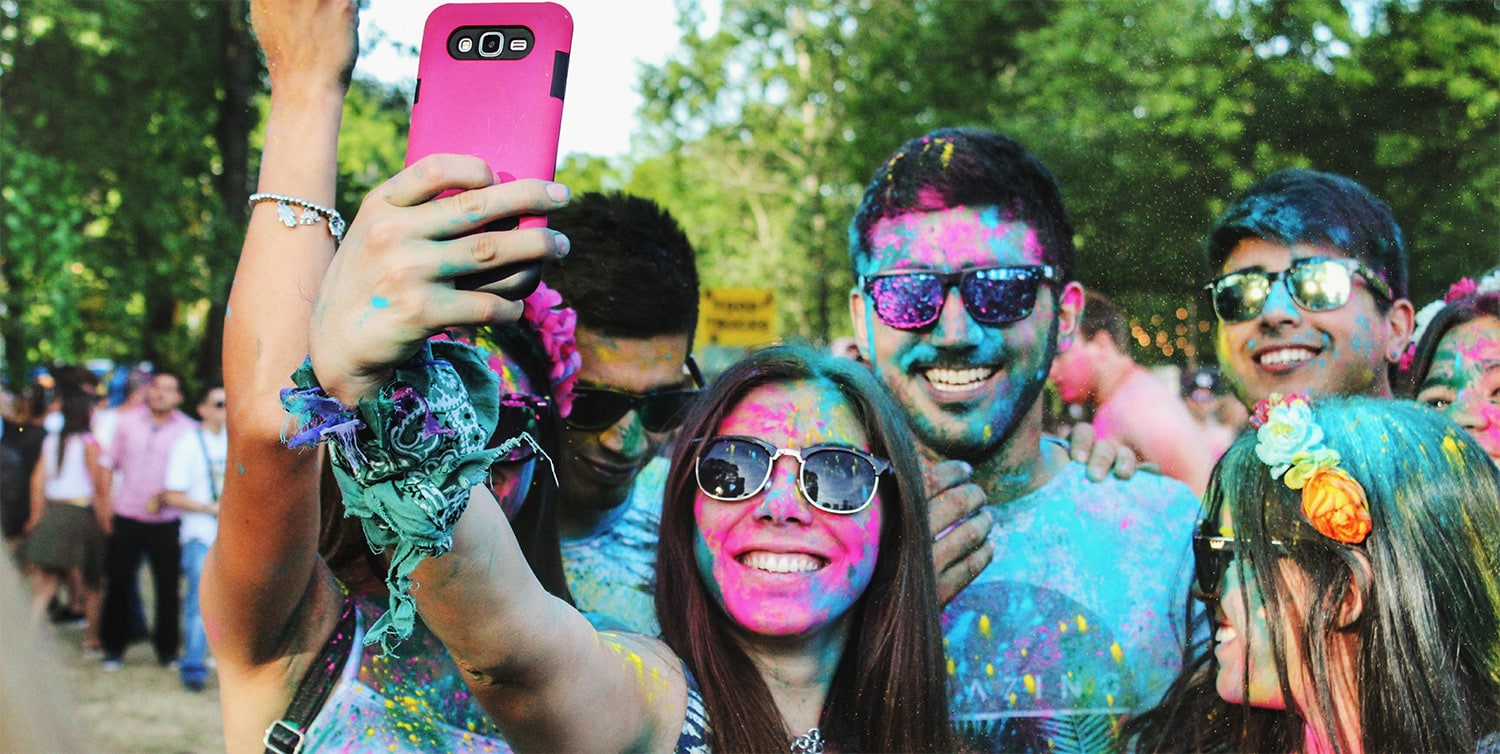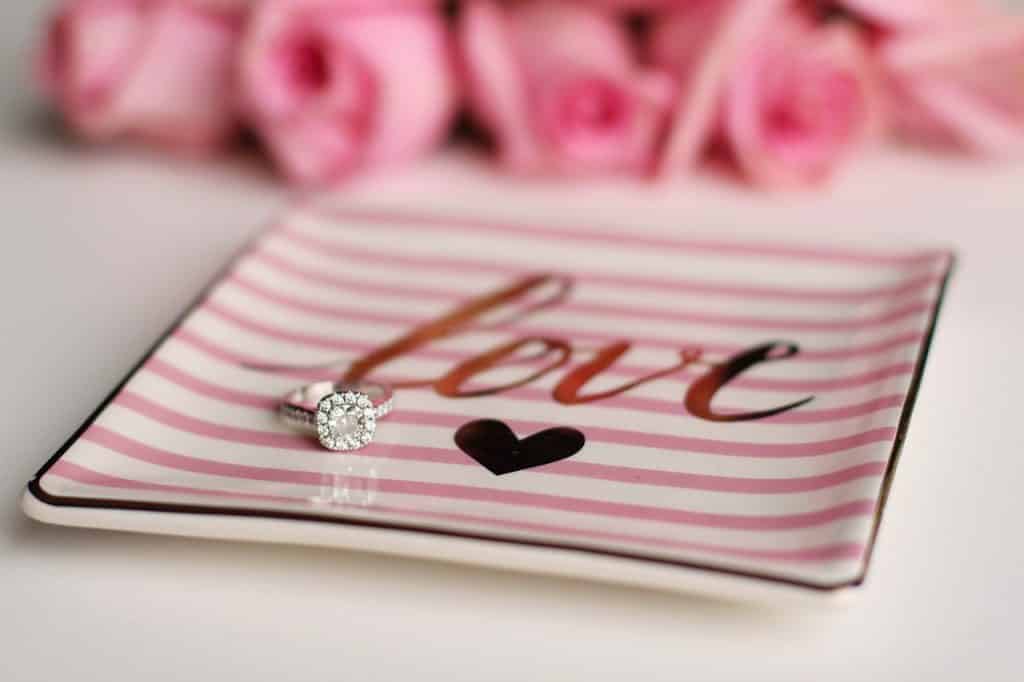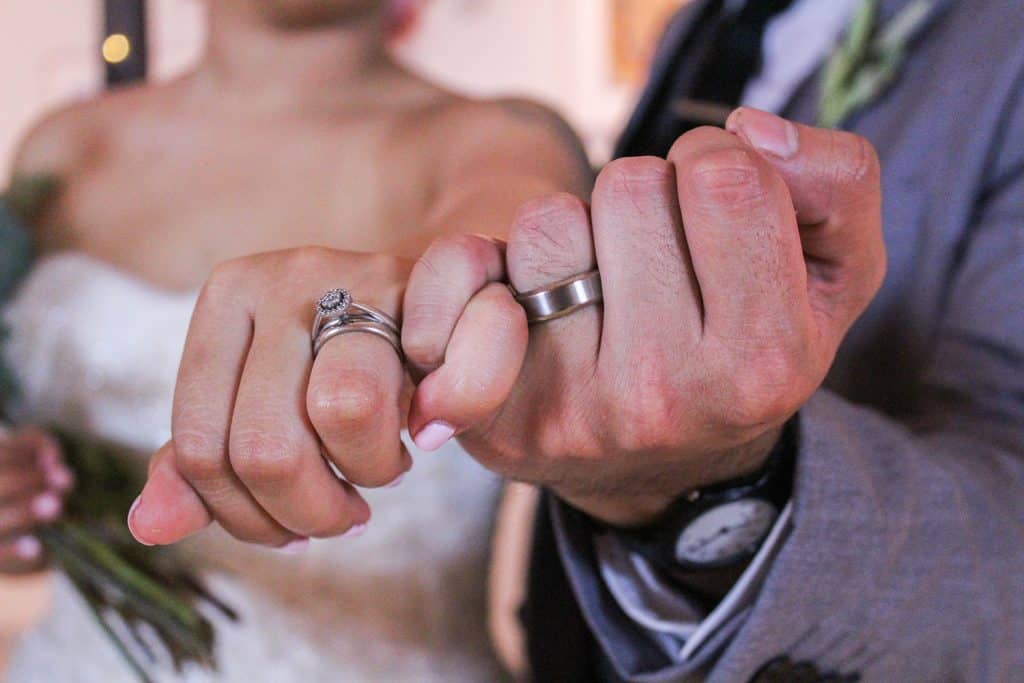Some 60 percent of U.S. Millennial and Generation Z members aged 18 to 39 currently search the internet prior to purchasing a diamond to learn about designs, quality, pricing and brands, with the younger Millennials and Gen Z being more likely than older Millennials to look on social media for inspiration prior to purchase. In China as much as 98 percent of Generation Z and Millennial consumers aged 19 to 29 research their purchase through one or more channels before buying.
Both Millennials and Generation Z both display strong concern for social causes and responsibly sourced products. This highlights the opportunity for diamond brands and retailers to be more proactive in communicating the good that diamonds do throughout the world, and the contribution their individual brands make to important social causes.




